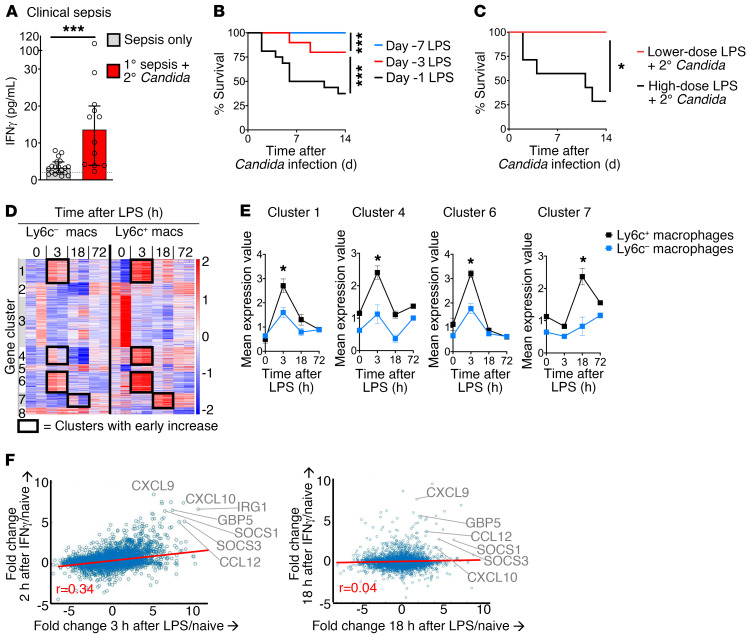Figure 1. Early IFN-γ correlates with susceptibility to secondary Candida infection in clinical sepsis and experimental endotoxemia.
(A) Plasma IFN-γ levels in early clinical sepsis (within 48 hours of diagnosis). Patients are grouped by absence of secondary Candida infection (n = 19) or later development of secondary Candida infection (n = 12). (B) Survival curve for WT mice (n = 10–16 per group) after primary endotoxemia followed by secondary low-dose Candida i.v. at 1, 3, or 7 days after LPS. (C) Survival curve for WT mice (n = 10 per group) treated with higher- or lower-dose endotoxemia followed by secondary low-dose Candida i.v. (D) K-means clustering of transcriptomic (RNA-Seq) analysis of splenic Ly6c+ and Ly6c– macrophages from WT mice during endotoxemia (n = 2, not repeated). (E) Mean expression of transcripts from clusters from D with increased expression at 3 or 18 hours after endotoxemia. (F) Correlation of the transcriptomes of endotoxemia and IFN-γ response. Using RNA-Seq data from D for splenic Ly6c+ macrophages, the fold change in expression at 3 hours after LPS in vivo versus naive was calculated for each gene. The fold change in gene expression at 2 hours after IFN-γ treatment of macrophages in vitro versus untreated was calculated. The fold changes for 2 hours post–IFN-γ/naive versus 3 hours post-LPS/naive are plotted (left). A similar analysis for 18 hours is shown (right). Median ± IQR (A) and mean ± SEM (E) are shown. (A) Mann-Whitney test. (B and C) Log-rank test. *P < 0.05; ***P < 0.001.

